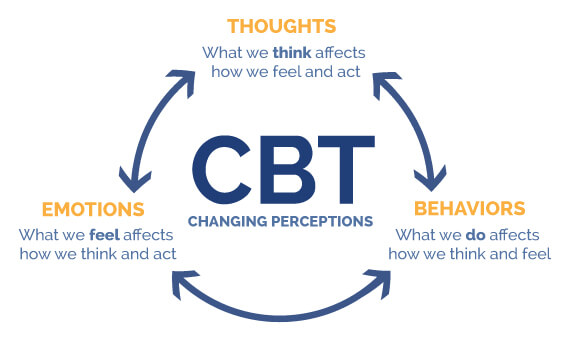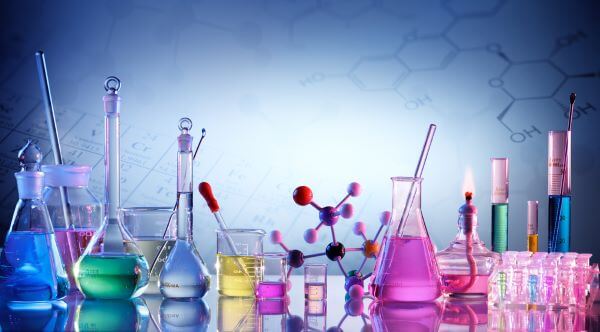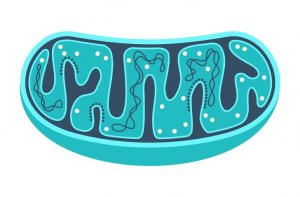
“Doug Whitney has a terrible family legacy. Many of his relatives carry a gene mutation that causes early-onset Alzheimer’s disease, a severe form of Alzheimer’s that strikes in one’s 40s and 50s. The disease has wreaked havoc on his family, killing his mother, older brother and more than a dozen of his aunts, uncles and cousins. In 2011, Whitney learned that he also carried the mutation. But at 67 years old—years past when family members began to show symptoms—Whitney’s memory is intact.”
The Resilience Project
How is Whitney’s story possible?
Some people have genetic changes that protect them from getting specific diseases or more able than most to recover from challenges to their health.
These people are called “RESILIENT HUMANS”
The “Resilience Project” aims to discover why some people are more able than others to resist or recover from challenges to their health and escape disease.
Finding and studying resilient individuals could pave the way to new insights about health, better disease prevention strategies and new treatments. This is why scientists hope that studying their resilience will inspire new treatments for diseases.
Factors affecting a person’s resilience … much more than genetics and biology!
Research shows that our health and our resilience to disease are influenced by a number of factors:
- Social circumstances: people with stronger social connections tend to live longer, are more likely to survive a heart attack and are less likely to suffer a recurrence of cancer.
- Environment: access to healthy food, green spaces and gyms can boost resilience to disease – e.g., reduce the risk of diabetes
- Medical Care: access to therapies and drugs

I discovered the existence of “The Resilient Project” around one year ago because it was briefly quoted during a lecture. This has been stuck in my mind since then, as I immediately felt quite shocked getting introduced to some of these incredible humans’ stories, such as Whitney’s experience. This strong curiosity made me read other resilient stories and inspired me to research more about the “The Resilient Project”.
Further research on The Resilient Project’s website completely challenged my previous assumptions about human disease. I believed that only genetic factors could significantly contribute to the development of a disease, together with minor contributions from the environment as the initial trigger. I also had never thought about medical care as a relevant component of a disease. However, this can be life-saving in specific conditions of isolation such as rural areas, or even third world countries with an insufficient number of clinics and hospitals and lack of appropriate medical equipment.
More incredibly, I realised that there are so many other factors that can affect our resilience but on which we can exercise total power, such as social circumstances and individual behaviour. For instance, we can choose our circle of relationships, from our partner and best friend to the furthest acquaintance. Amazingly, this can not only extend our lifespan but also protect us from developing very severe and common diseases, including cancer and heart attacks!
Through this research, I learned that human diseases are extremely complex and cannot be caused by a single factor, such as our genes. Having challenged this assumption will help me to stay open-minded while examining scientific papers. As a future scientist, I will keep in consideration that many other variables are involved in diseases, and only a small percentage is under my control, such as developing new drugs based on pure genetics and observable biological mechanisms.
In conclusion, I believe that writing this post to openly talk about “The Resilient Project” can increase people’s awareness about the existence of such unthinkable humans. Everyone can potentially know another resilient human or be a resilient human themselves! This could tremendously help current research by simply contacting this association in order to make concrete outcomes for other people across the world who are suffering from the same disease.
If you are interested to know more about the “Resilience Project” or read stories from resilient humans, you can find more information in the following link: https://www.resilienceproject.com/resiliencestories/.











This is an initially reflective and well researched blog showing how you have chosen to explore the emerging field of…
This is a good attempt at a blog, where you reflect on your recent learning at a lecture/workshop to describe…
This is a fair to good blog, reflecting on your recent learning in some of your modules. You provide a…
This is an engagingly written and reflective blog focussed in general on ethics in medicine. You might improve by citing…
This is a good and well written an presented blog on an original subject - biofilms on implants. You explain…